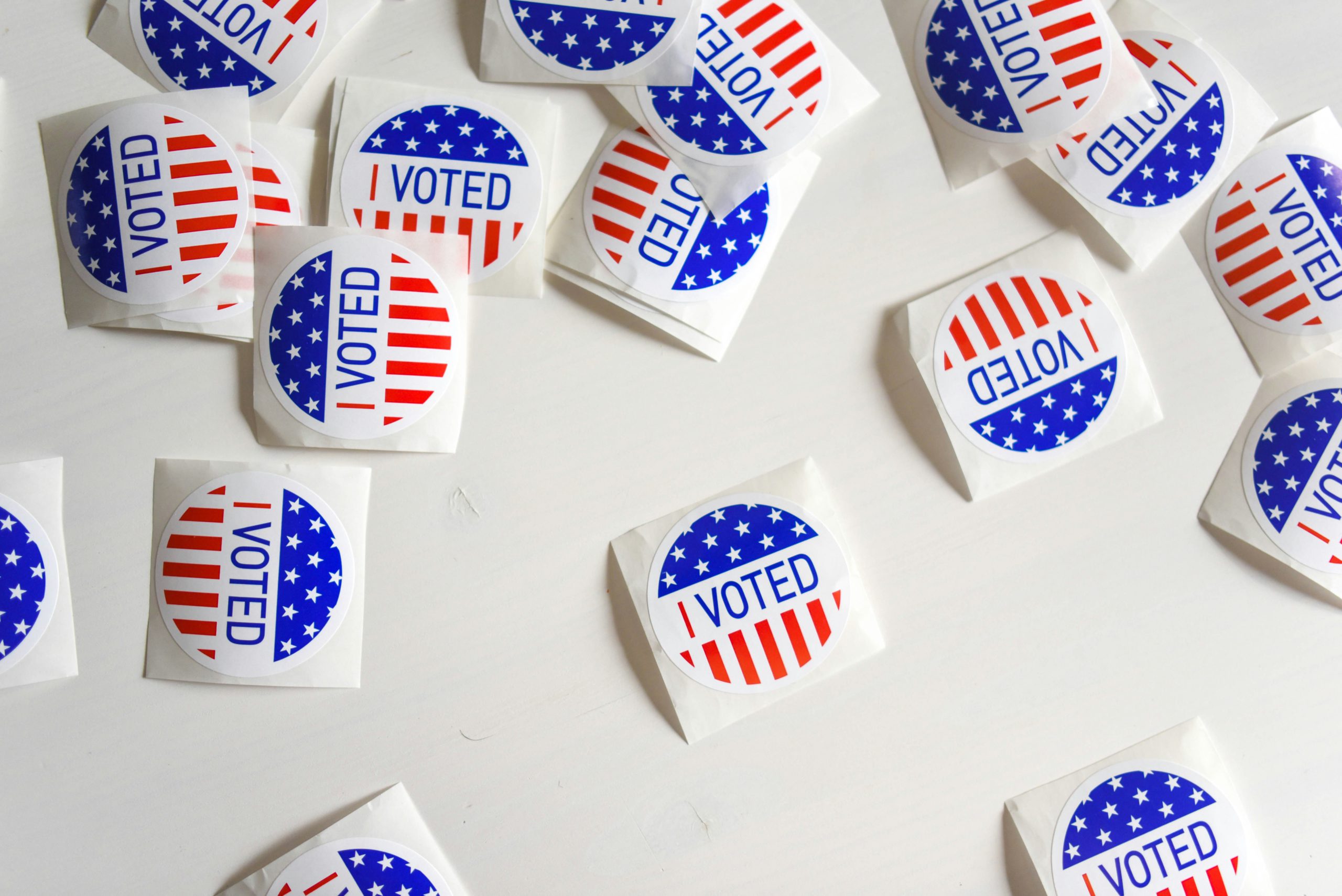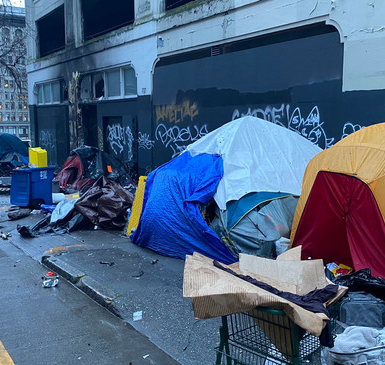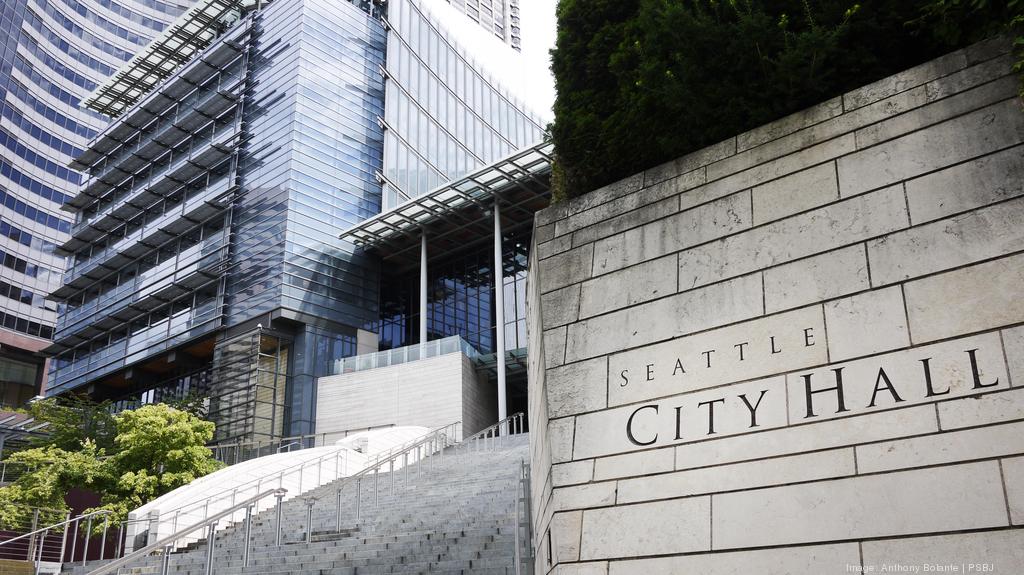If you were retired, and moving your primary residence could save you hundreds of thousands of dollars each year, would you do it? That question is increasingly a topic in Washington State’s highest net worth households.
Read MoreTag: politics
The Affirmation Age
The ‘Information Age’ is over. We’re now in ‘The Affirmation Age’ – an era where our digital existence isn’t measured by what we know, but by what validates us.
Read MoreAlignvote Launches in NYC
Alignvote, the voter-candidate matchmaker platform, launched in version 3.0 form, for the voters of NYC.
Read MoreWest Coast Progressives: It’s Time to Show Your Work.
It’s October 2023. Let’s check-in on the empirical results of progressive policymaking over the past decade. Has it been the “compassionate” and “effective” approach that we were promised?
Read MoreCircling Back to “Don’t Discount Lab Leak Hypothesis”, Part II
Part II of “Circling Back to Lab Leak Hypothesis”
Read MoreCircling Back to a “Don’t Discount the Lab Leak” Post of January 2020
In January 2020, I posted my view that the outbreak of what was to be called COVID quite possibly came by way of lab accident. It generated over 100 comments and ended at least one friendship. I popped by Facebook yesterday to circle back on that thread.
Read More#TwitterFiles: The Complete List
An index of all the Twitter Files threads, including summaries.
Read MoreFinancial Systems Come for Your Free Expression: Don’t let them.
I’ve been a PayPal customer for more than a decade, but closed my account last week. 2022 has shown glimpses of what a social credit system might look like in America. Decentralized, yet singular in ideology.
Read MoreIntroducing Seattlebrief.com: Local Headlines, Updated Every 15 Minutes
I’ve built a news and commentary aggregator for Seattle. Pacific Northwest headlines, news and views, updated every 15 minutes.
Read MoreOpen Letter to Seattle City Council Regarding Bill 120247 (Diversion and City Attorney’s Office)
The council is trying to place unprecedented restrictions on the City Attorney’s office, without even knowing what the most important outcome metrics are of the approach it is demanding.
Read More









